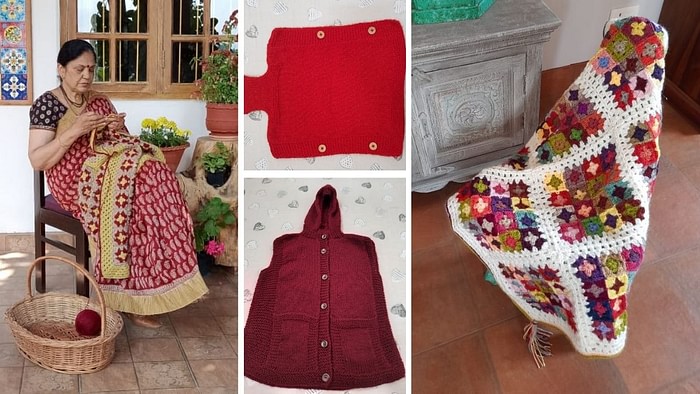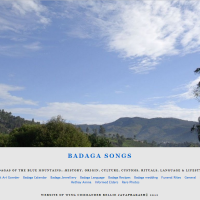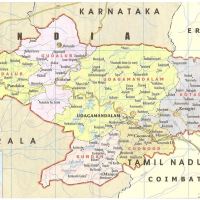I found the following information given by E.B.Hariharan very interesting and educative. The initiatives and efforts of Badaga Mahajana Sangha are greatly appreciated.
This article/info raises some hitherto unknown facts. Was there a ‘reverse migration’ of Badagas from the Nilgiris to the plains [of Karnataka]? Apart from the four [Nilgiri Nakkubetta] Seemays known to us, Mel Seemay seems a completely new and geographically different one.
Of course, we have all heard of Hasanur but not much about Punajanur and other Badaga Hamlets in Chamrajnagara. The famous Badaga Proverb [Dhoddaru Shloka] – “Hasanuru haalu kudippudhuga, Neelagiria neera kudi (The water in the Nilgiris is better than the milk of Hasanur)”- Wg Cdr JP
Punajanur and Mel Seemey.
Punajanur is a Badaga Village, about 45-50 Kms from Chamrajnagar town, falling within Karnataka State, Chamrajnagar Taluk and District. It has got about 50 Badaga houses and about 15 Wodeya houses (Lingayat Clan). Some other castes like Nayaks and others live nearby as well.
All the Badagas in Punajanur trace their heritage to Ebbanad and Kookal villages in the Nilgiris, a few of them are from Kadanad and Kottanalli as well. 300-400 years ago they moved from the Nilgiris and settled there, in search of better pasture for their Buffalo herds. Life was good until the last 15-20 years, their main source of income was supplying milk to the Co-operative milk societies, mainly NANDINI in Karnataka. After Veerappan issue cropped up, the people were stopped from grazing their herds at HEMMATTIES (in Badugu meaning Buffalo Grazing Villages) and most of them were sold. Thus started their economic decline. Their overall socio-economic condition is in bad shape, education is at abysmal levels, health is an area of serious concern. In our view, they seem to be atleast 30-40 years behind mainland (Nilgiri) Badagas. Hence, we, a group of volunteers across varied age groups having genuine love towards the Community, decided to take up the challenge and work for the betterment of our own people in Punajanur.
Similar to Punajanur, there are 8 small villages in an area called as Mel Seemey which is about 40 Kms from Punajanur, but falling under Erode District, Sathyamangalam Taluk, Hasanur Panchayat of Tamilnadu. Mel Seemey has about 200 houses in total and our work is going there in full swing. We have successfully paved the way for upgrading the school in Kotada (The biggest village with 80 houses in Mel Seemey) upto High School level (10th Std) spending Rs.100000/- (One Lakh), helped change the bus timings for the school going children, created a pool of Rs.300000/- (Three Lakhs) towards agricultural funding at no interest. We paved the way for 3 young students to join an Engineering Degree with full fee waiver for all 4 years of their study. We successfully conducted a medical camp in both Punajanur and Mel Seemey on 28/04/13 for the benefit of our people residing there in association with KBGA Bangalore. Four prominent doctors conducted a marathon medical test for nearly 300 people in one single day.
There is much more to be done and we are moving one step at a time. Together, we believe we can do wonders……..














 Mookuthi
Mookuthi  Chinna
Chinna 






 ==
==














































